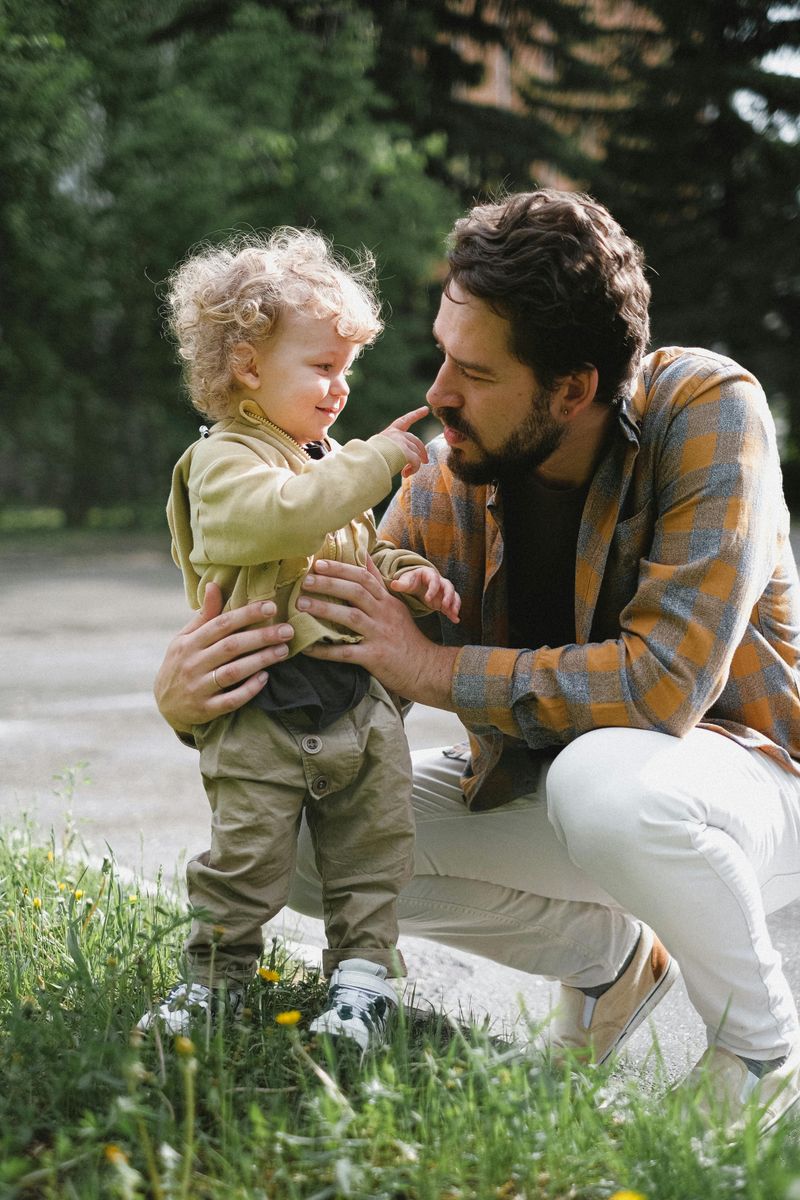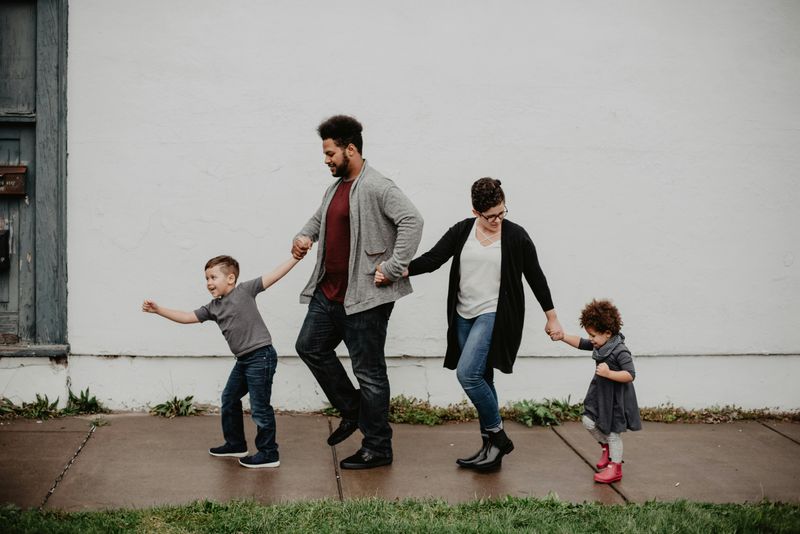Raising children who can bounce back from life’s challenges is perhaps one of the greatest gifts parents can give. In a world full of uncertainties, resilient kids have the emotional toolkit to navigate difficulties, learn from failures, and emerge stronger. While there’s no perfect parenting formula, certain approaches consistently help children develop the inner strength they’ll need throughout life. Here are nine practices that help parents nurture resilience in their little ones.
1. Allow Natural Consequences

Parents who resist the urge to swoop in and save the day help children develop problem-solving muscles. When your seven-year-old forgets their homework, letting them experience the teacher’s response teaches more than a lecture ever could.
I learned this the hard way after repeatedly delivering forgotten lunches to school. Once I stepped back, my daughter started double-checking her backpack every morning; a habit that’s served her brilliantly ever since.
Of course, safety comes first! Natural consequences work best for small missteps, not dangerous situations.
2. Model Emotional Regulation

Children are brilliant mimics, particularly when it comes to handling emotions. My son’s therapist once told me, ‘He’s not listening to what you say about managing anger; he’s watching how you handle yours.’
Brilliant advice, that. When parents demonstrate healthy ways to process feelings; taking deep breaths during traffic jams or verbalising frustrations calmly; children absorb these strategies like sponges.
The magic happens when we narrate our emotional processes aloud: ‘I’m feeling overwhelmed right now, so I’m going to take five minutes to calm down before we discuss this.’
3. Praise Effort Over Outcome

‘You worked so hard on that project!’ packs more resilience-building power than ‘You’re so clever!’ The first acknowledges something within the child’s control; their effort; while the second focuses on an inherent quality.
Growing up, my parents celebrated my persistence more than my grades, which taught me that determination matters more than natural talent. When children understand that effort leads to improvement, they’re less likely to give up when facing difficulties.
Specific praise works wonders too. Rather than ‘Good job,’ try ‘I noticed how you kept trying different approaches until you solved that maths problem.’
4. Create a ‘Yes’ Environment

Household rules are necessary, but constant nos can crush a child’s spirit. Clever parents create environments where children can hear ‘yes’ more often than ‘no’; fostering independence and confidence.
My kitchen features a low drawer filled with child-safe utensils and unbreakable dishes. When my toddler wants to ‘help cook,’ she can freely access these items without constant warnings.
Similarly, designating spaces where children can make messes, explore loudly, or jump about gives them freedom within boundaries. This approach teaches responsible decision-making while preserving their sense of agency.
5. Embrace the Power of ‘Yet’

‘I can’t do this’ transforms into ‘I can’t do this yet’ with one magical word. Parents who introduce this linguistic shift help children develop growth mindsets; the belief that abilities can be developed through dedication and hard work.
Last summer, my daughter struggled with swimming lessons. Each day ended with tears and ‘I’ll never learn!’ After we started adding ‘yet’ to these statements, her perspective slowly shifted.
The ‘yet’ mindset applies beautifully to parenting challenges too. When I’m at my wits’ end, reminding myself ‘I haven’t figured out how to handle this yet’ gives me the resilience I hope to model.
6. Foster Healthy Risk-Taking

The playground became my parenting classroom when I noticed how children develop confidence. Those allowed to climb slightly higher than comfortable; with supervision, not interference; showed remarkable self-assurance compared to over-protected peers.
Calculated risks teach children to assess situations, trust their abilities, and recover from occasional failures. Whether it’s climbing trees, trying out for teams, or speaking in front of groups, these experiences build resilience muscles.
My personal rule? If the worst-case outcome is a bruise or embarrassment rather than serious harm, I step back and let my children stretch their wings.
7. Teach Problem-Solving Frameworks

Resilient children don’t just magically know how to tackle challenges; they’ve been taught specific strategies. When my son comes to me with a problem, I resist solving it outright. Instead, we follow our family’s four-step process: identify the issue, brainstorm solutions, choose one to try, and evaluate the results.
Simple frameworks like this become internal scripts children can apply independently. I’ve overheard my kids using these steps during playground disagreements, proving they’ve internalised the process.
Even young children benefit from simplified versions: ‘What’s wrong? What could we try? Let’s see if it works!’
8. Share Your Own Failures

Nothing normalises setbacks like hearing about parents’ own stumbles and recoveries. Children often view adults as infallible, which makes their own mistakes seem catastrophic by comparison.
My most impactful parenting moments happen when I share stories about my own childhood blunders or current challenges. The time I bombed a presentation at work but learned valuable lessons resonated deeply with my perfectionistic daughter.
These conversations work best when they highlight not just the failure but the recovery process; how you felt, what you learned, and how you moved forward. Vulnerability creates connection while teaching resilience.
9. Build Strong Family Narratives

Families with rich storytelling traditions raise more resilient children, according to fascinating research. When kids know their family’s history; especially stories of overcoming adversity; they develop what psychologists call an ‘intergenerational self.’
During dinner, I share tales of my grandmother surviving the war or my father’s immigration journey. These stories implicitly convey: ‘You come from people who persevere.’
The most powerful narratives follow what researchers call an ‘oscillating pattern’; featuring both successes and setbacks. These balanced stories help children understand that life contains both triumphs and challenges, and that’s perfectly normal.